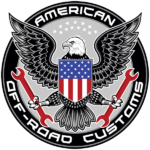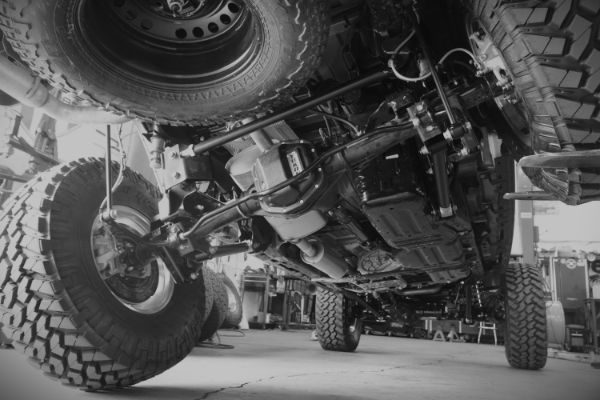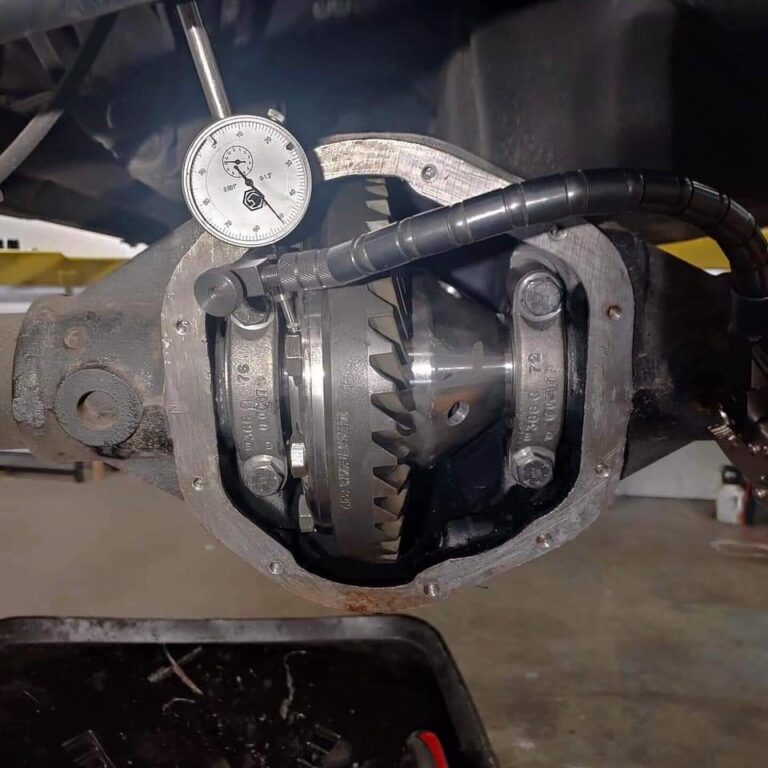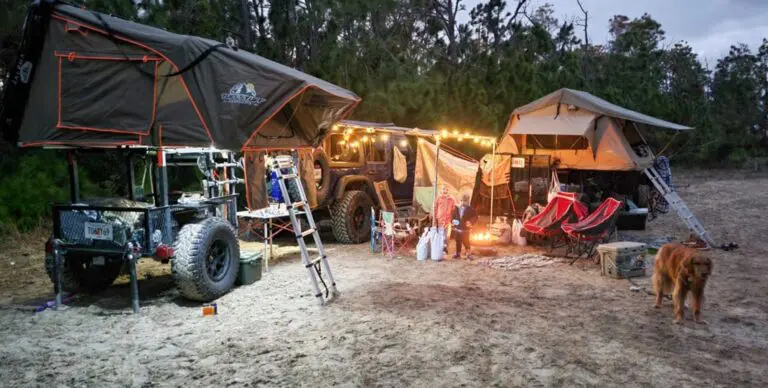Understanding Wheel Offset and Backspacing
When you’re upgrading your off-road vehicle, picking the right wheels is super important for performance, stability, and that stylish look you want. You’ve probably heard the terms “wheel offset” and “backspacing” tossed around, and while they sound alike, they actually measure different things that can really impact how your Jeep, truck, Toyota, or Bronco handles and looks. In this article, we’ll break down these concepts and explain why they matter in the off-roading world. Let’s dive in!
What Is Wheel Offset?
Let’s chat about wheel offset, especially if you’re all about customizing your Jeep, truck, Toyota, or Bronco! Wheel offset is basically the distance between where the wheel mounts on your hub and the centerline of the wheel. This measurement is super important because it helps determine how your wheels align with your vehicle’s body and suspension.
Understanding Wheel Offset
Positive Offset: This is when the hub mounting surface is closer to the front of the wheel. You’ll find positive offset wheels on most modern vehicles, especially those built for the streets. While they help with aerodynamics and handling, they might not be the best choice for off-roading.
Negative Offset: On the flip side, negative offset means the hub mounting surface is pushed further away from the front of the wheel. This configuration gives your ride a wider stance, enhancing stability for off-road adventures. That’s why negative offset wheels are a favorite among off-road enthusiasts looking to modify their builds!
Zero Offset: This is when the hub mounting surface lines up perfectly with the wheel’s centerline. Zero offset wheels are pretty rare but can offer a nice balance for specific applications.
How to Measure Wheel Offset
Measuring wheel offset is pretty straightforward. It’s typically expressed in millimeters (mm), and you can usually find the info etched on the back of the wheel or provided by the manufacturer. Here’s how you can calculate it:
- Measure the distance from the hub mounting surface to the back edge of the wheel (that’s the inner lip).
- Then, measure from the hub mounting surface to the front edge of the wheel (the outer lip).
- Subtract the first measurement from half the total width of the wheel.
This will give you the wheel offset, showing you whether it’s positive, negative, or zero.
Whether you’re hitting the trails in your Jeep, truck, Toyota, or Bronco, understanding wheel offset will help you get the best performance and look from your ride! Let us know if you have any questions or need help with your wheel setup!
What Is Rim Backspacing?
Rim backspacing is the distance from the back edge of the wheel (the side facing the suspension) to the hub mounting surface. This measurement indicates how far the wheel is positioned toward the vehicle’s suspension components.
Importance of Rim Backspacing
How It Affects Clearance:
Rim backspacing plays a vital role in how much space you have between the wheel and your vehicle’s suspension, brakes, and other components. If there’s not enough backspacing, the wheel may rub against suspension parts or the wheel wells, especially when navigating bumps and uneven terrain.
Handling Dynamics:
Having the right backspacing can also impact your vehicle’s handling. Proper backspacing helps create a wider stance, increasing the track width and enhancing cornering stability, particularly in off-road conditions.
How Offset and Backspacing Affect Wheel Fitment
When choosing new wheels, it’s crucial to think about offset and backspacing. The right fit will give you enough clearance for your components while optimizing alignment and handling. Here are some key points to keep in mind when selecting wheels for your off-road vehicle:
Compatibility with Suspension:
Make sure your wheel choices won’t interfere with the suspension geometry or tire clearance.
Tire Size Considerations:
Larger tires might need a different offset and backspacing to avoid rubbing against other components.
Overall Vehicle Dynamics:
When adjusting your offset or backspacing, think about how it will impact your vehicle’s track width and handling.
conclusion
Understanding the difference between wheel offset and rim backspacing is not just crucial, it’s empowering. It’s the key to ensuring your off-road vehicle not only looks great but performs at its best. By grasping the wheel offset meaning, measuring accurately, and ensuring your selected configuration meets your off-road needs, you can optimize your Jeep, truck, Toyota or Bronco for whatever adventures lie ahead. Always consult with a professional or refer to your vehicle’s specifications when choosing the right wheels; this can save time, money, and trouble on the trail.
For more information on wheel fitment and upgrades, check with the experts at AORC. We’re here to help you equip your vehicle for the ultimate off-roading experience! Also, be sure to follow us on Instagram, Facebook, Youtube, as well as TikTok.



